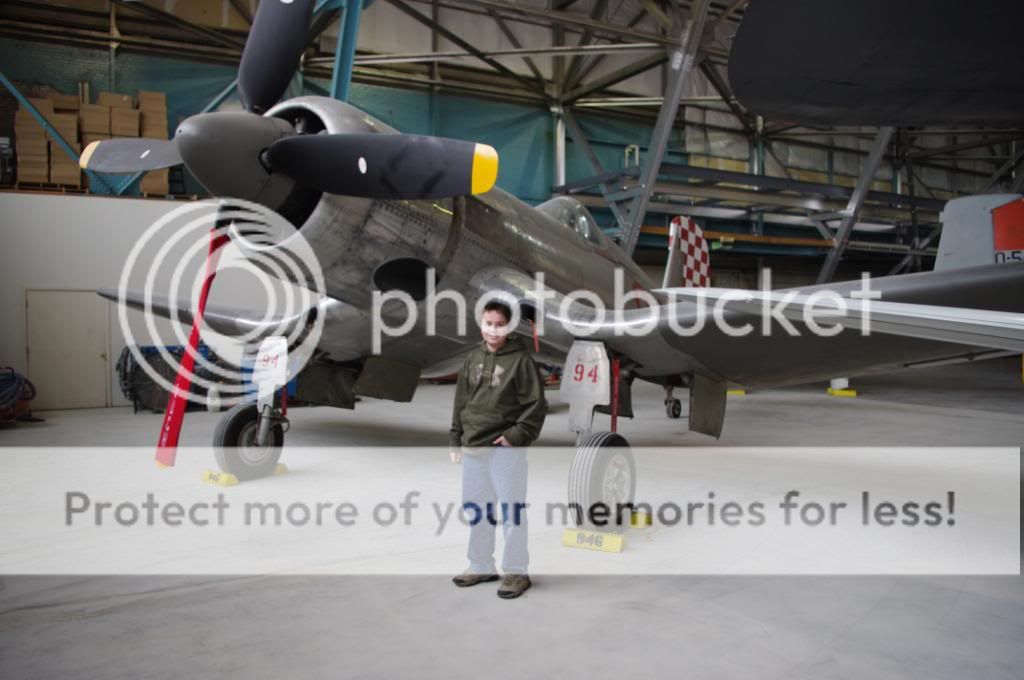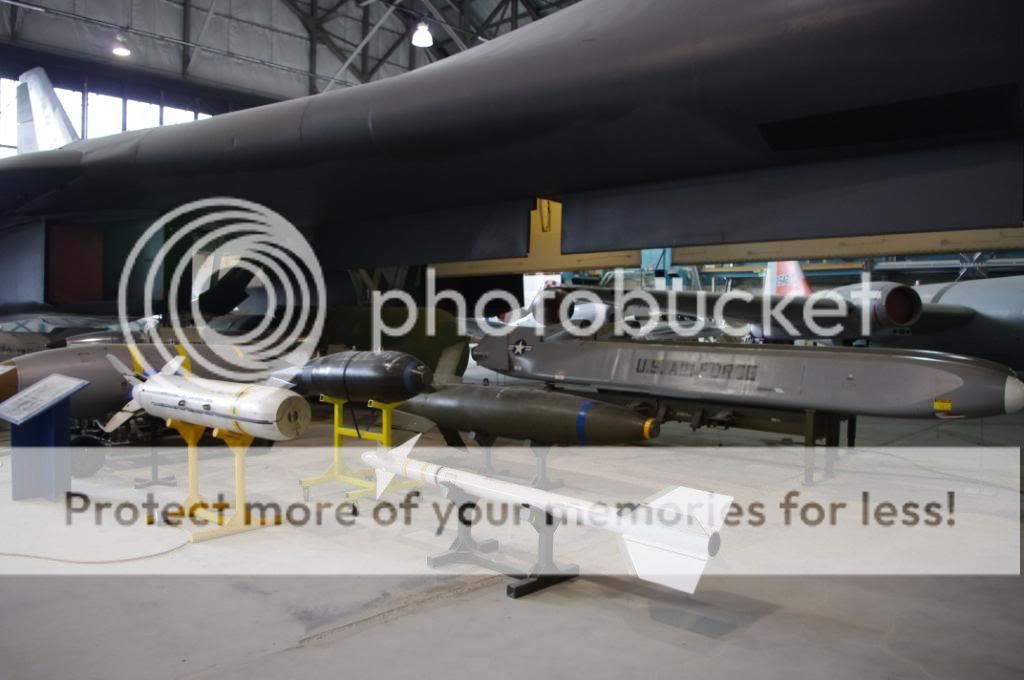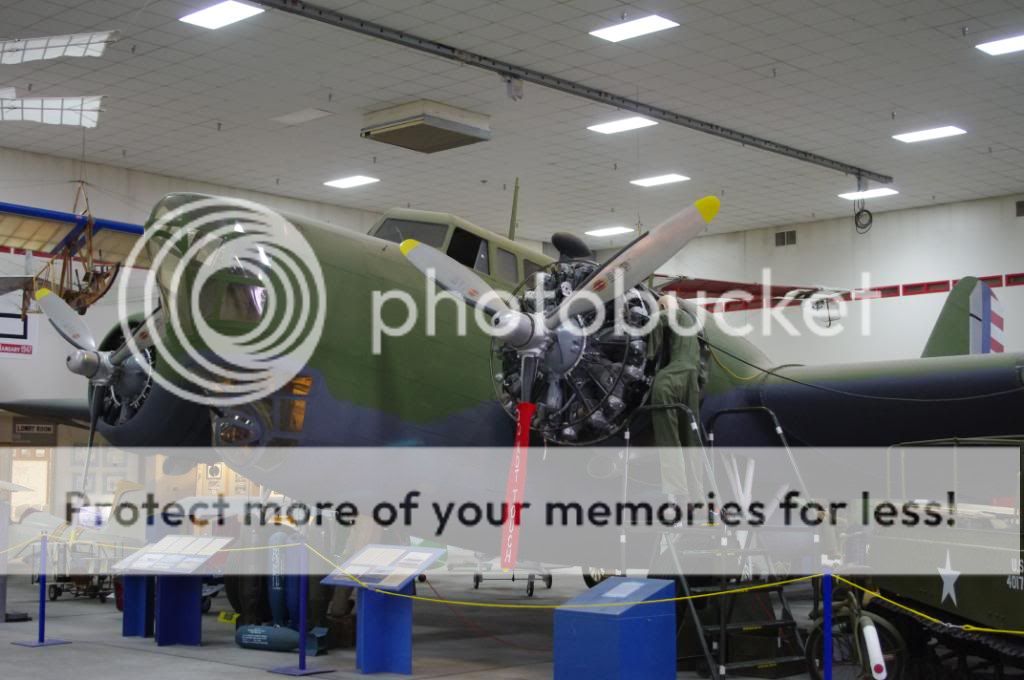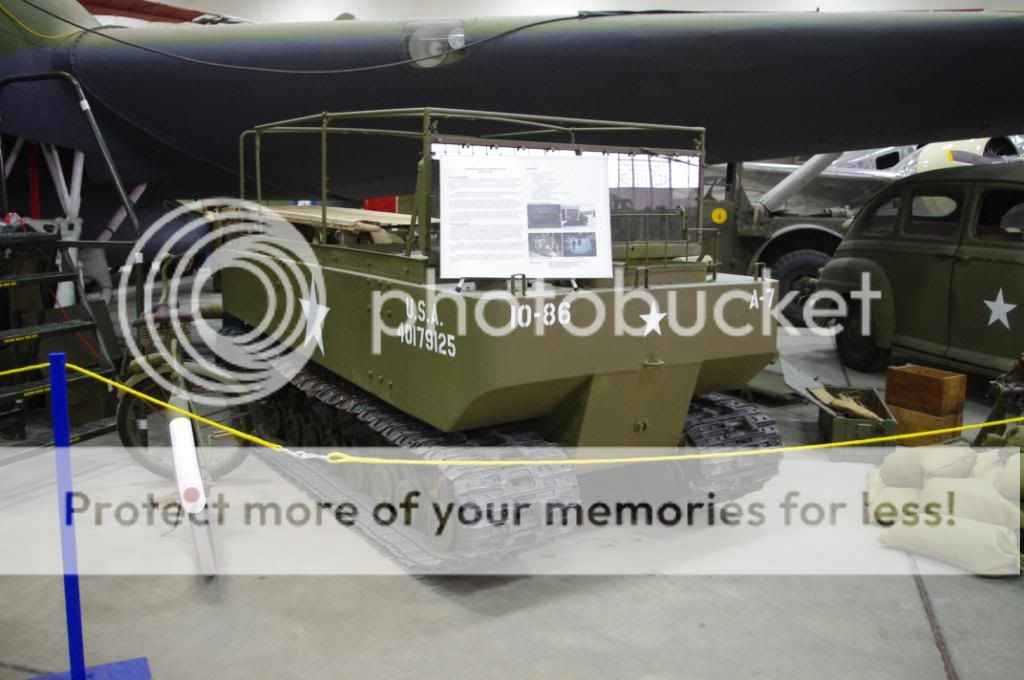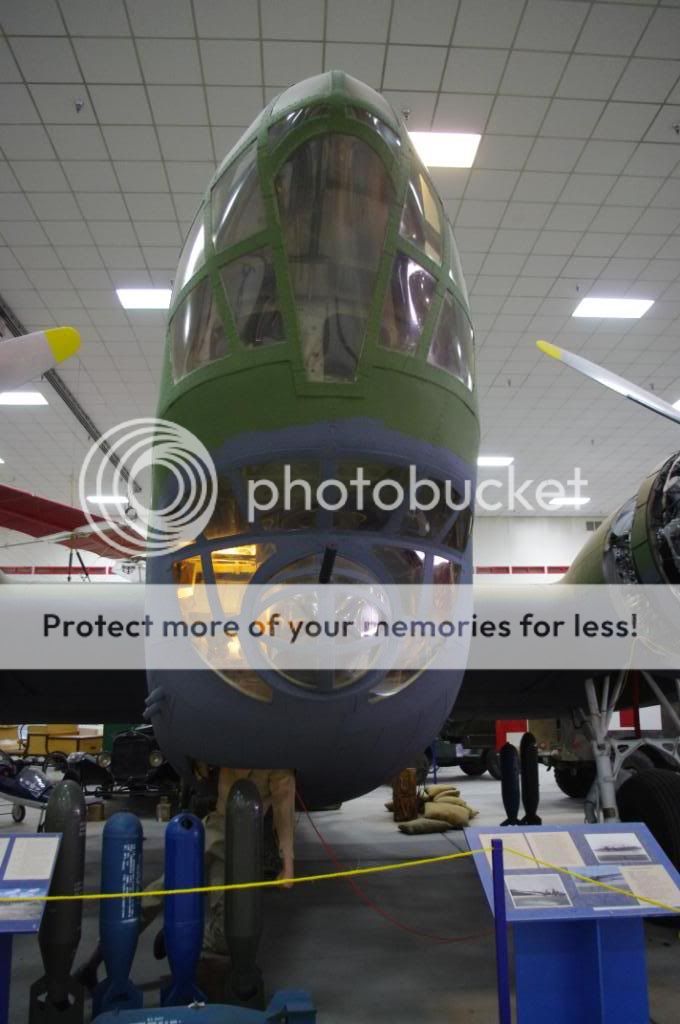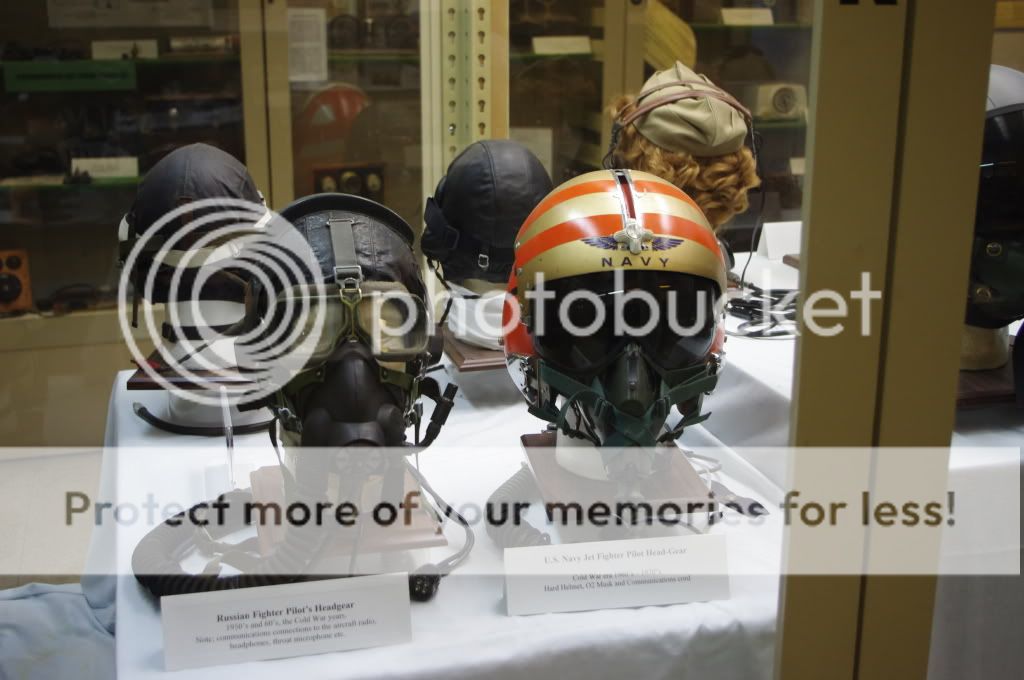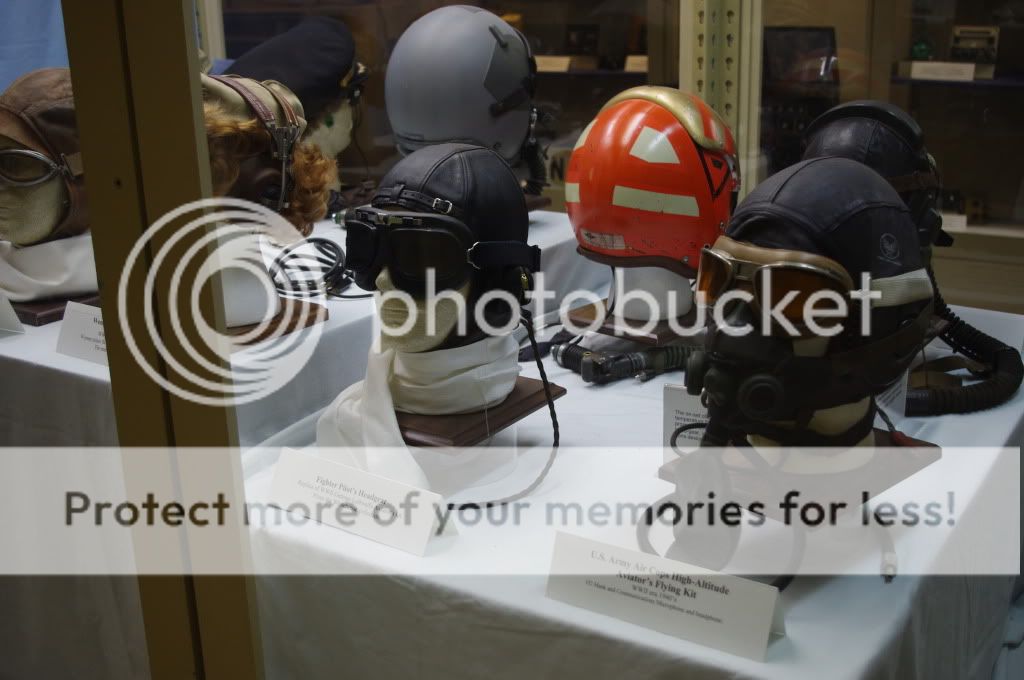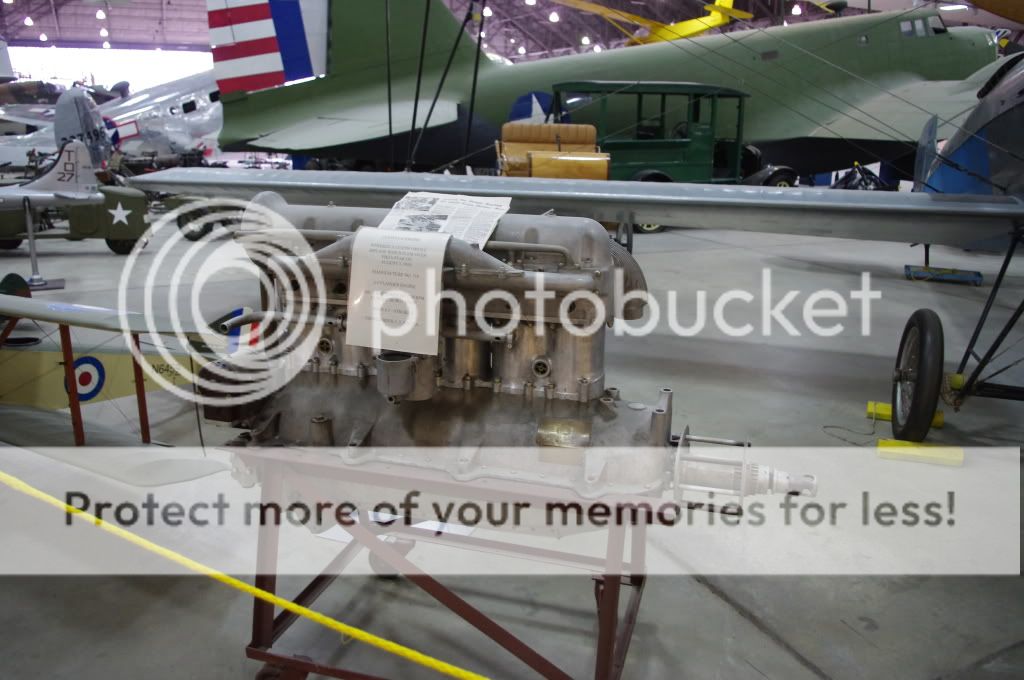Lex Anteinternet: Changing times. The centennial of the 94th Aero Squadron. August 20, 1917-2017.
Pilots of the 94th, including 1LT Reed Chambers, Capt James Meissner, 1LT Eddie Rickenbacker, 1LT T C Taylor and 1LT J H Eastman, in France with a Spad XVIII.
While this blog, now that the Punitive Expedition has concluded, no longer does that many daily anniversaries (save for photographs) here's one worth noting.
On this date, in 1917, the 94th Aero Squadron, the Hat In The Ring Squadron, was formed at Kelly Airfield in San Antonio, Texas. The squadron, now the 94th Fighter Squadron, is the second oldest formation in the United States Air Force. The unit chose a red, white and blue top hat going through a ring as its symbol, signifying the Uncle Sam throwing his "hat in the ring" of World War One. That is, the unit symbol commemorated the United States' decision to enter the war.
The way it was at first, Curtis Jennys being used in training at Kelly Air Field.
The unit being formed might not seem particularly remarkable, but the U.S. Army. . . and all aircraft were in the Army at the time (prior to the war they were in the Signal Corps and the official establishment of a separate Air Force was decades and one major war away) had only had one single squadron, all equipped with the already obsolescent JN4, just months prior to that.
As we've seen on this site before, that unit, the 1st Aero Squadron, would cut its teeth and prove its worth in Punitive Expedition of 1916, at which those Jennys constantly operated at the upper limit of their service ceiling, showing just how inadequate they really were. Now, the Army was rapidly expanding its air arm.
The 94th in fact would make the crossing to France in October and November. In France training continued and the unit was equipped with
Nieuport 28s.
Eddie Rickenbacker, a pre war automobile racer, with a Nieuport 28. Rickenbacker transferred into the unit in France. He actually got into the unit by making a deal with a commanding officer for whom he was a driver, concerning an on the spot emergency repair of an automobile.
It would first see action on April 14, 1918. It would go on from there to have a famous combat record and, of course, served to give the US some of its first pilot heroes. While in France it would under go a degree of consolidation with the 103th Aero Squadron, although that unit would remain a a separate unit throughout the war.
Pilots of the 94th, November, 1918.
The unit continued to serve in post war Europe up until the spring of 1919, and then was returned to the United States and demobilized in June 1919 but the unit shortly continued on as a regular Army aviation unit, changing its designation to the 94th Pursuit Squadron in July 1923. At that time, the 103d was folded into it so that the ongoing 94th would retain both units' lineages. The unit received constant aircraft upgrades prior to World War Two, which was a feature of all air forces at the time as aviation was progressing at a blistering pace. Prior to World War Two the unit was equipped with P-38 Lightnings.
German aircraft shot down by Capt. E. Rickenbackerand Lt. Reed Chambers, 94th Aero Squadron, Oct. 2. 1918.
As with all other fighter squadrons in the United States Army Air Corps, the unit was re designated as a fighter squadron in 1942, during which time it served in North Africa and then later in the Mediterranean and Southern Europe, flying out of Italy. The unit was one of the very first to receive what would become P80s, actually receiving the jets in April, 1945, and flying two missions (without encountering German aircraft) with them prior to the war's end.
It continues on in its existence to this very day, making it one of the oldest formations in the United States Air Force. It's currently equipped with F22 Raptors.
F22s of the 94th Fighter Squadron.























































